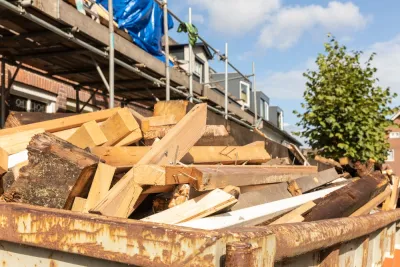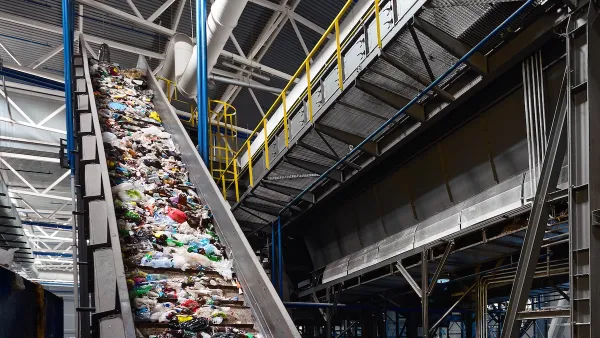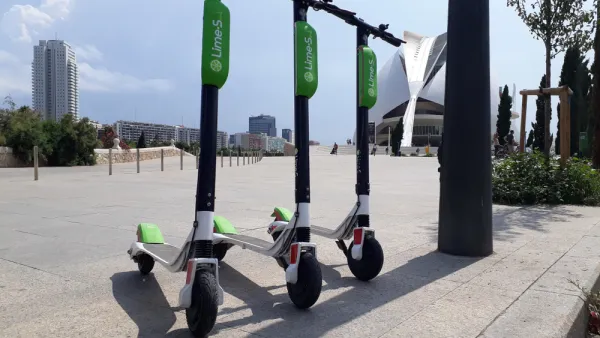A growing movement seeks to reduce waste in the construction industry and focus on the long-term impact of building materials.

Buildings may seem like a lasting investment, yet the construction industry creates roughly one-third of the world’s waste. To address this, researchers and architects are looking for ways to design buildings to be more sustainable, adaptable, and recyclable through a process known as ‘circular building.’ Nicole Gull McElroy describes the movement in Wired.
Circular building is “the practice of making buildings that can be more easily disassembled, moved, or repurposed” and built with reusable materials. “While circular construction and design for disassembly is often practiced on a smaller scale, many architects and designers are pushing the idea forward and testing the limits of what’s possible with larger projects.”
The article describes several examples of projects designed to expand on circular building and bring it into mainstream design practices, aided in some cases by public policy. Los Angeles requires that 65 percent of construction waste be recycled. “Portland, Oregon, was the first to enact deconstruction ordinances and waste removal strategies in 2016. Milwaukee followed in 2017.” And the Office of Historic Preservation in San Antonio, Texas created a Deconstruction and Circular Economy Program, which focuses on the link between preservation, deconstruction, and affordable housing. According to program manager Stephanie Phillips, the process is about “reversing the dependency on replacement products and the widespread disposal of valuable cultural assets while maintaining local cultural identity and a key source of generational wealth for our longtime residents: their homes.”
FULL STORY: Hey Man, Can I Use That Building When You’re Done With It?

Analysis: Cybertruck Fatality Rate Far Exceeds That of Ford Pinto
The Tesla Cybertruck was recalled seven times last year.

National Parks Layoffs Will Cause Communities to Lose Billions
Thousands of essential park workers were laid off this week, just before the busy spring break season.

Retro-silient?: America’s First “Eco-burb,” The Woodlands Turns 50
A master-planned community north of Houston offers lessons on green infrastructure and resilient design, but falls short of its founder’s lofty affordability and walkability goals.

Test News Post 1
This is a summary

Analysis: Cybertruck Fatality Rate Far Exceeds That of Ford Pinto
The Tesla Cybertruck was recalled seven times last year.

Test News Headline 46
Test for the image on the front page.
Urban Design for Planners 1: Software Tools
This six-course series explores essential urban design concepts using open source software and equips planners with the tools they need to participate fully in the urban design process.
Planning for Universal Design
Learn the tools for implementing Universal Design in planning regulations.
EMC Planning Group, Inc.
Planetizen
Planetizen
Mpact (formerly Rail~Volution)
Great Falls Development Authority, Inc.
HUDs Office of Policy Development and Research
NYU Wagner Graduate School of Public Service




























